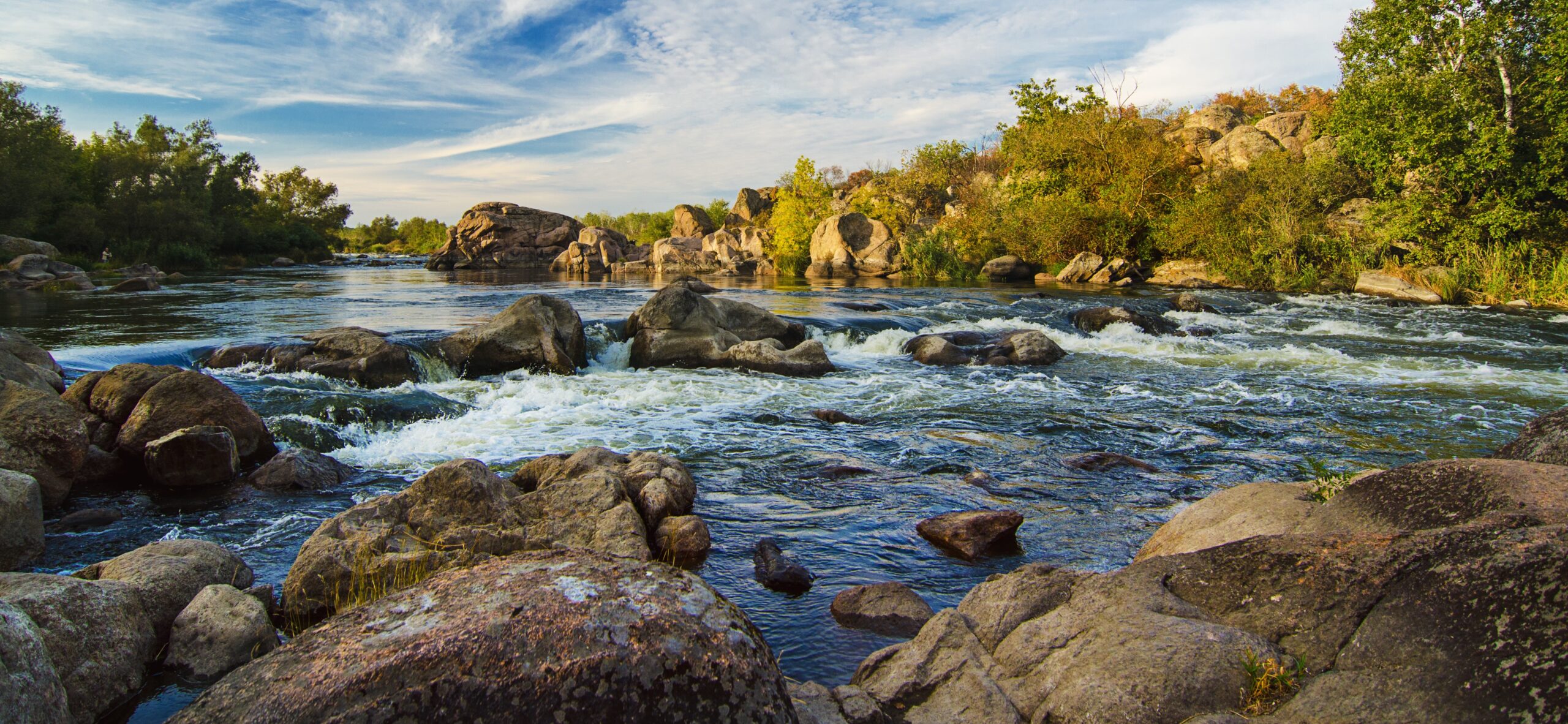
Fact Sheet
Recovering America’s Wildlife Act
Overview
The world is losing countless species every day. Three billion birds alone have disappeared from North America since just 1970. State wildlife agencies are doing their best to combat this crisis, but they are significantly constrained by a lack of funds. Often, only a select number of species of greatest conservation need can be prioritized and conserved by state agencies. The protection of numerous species must be sacrificed, which leaves them at risk of extinction in our lifetimes. Preventative funding can blunt the daunting challenge of the work to recover endangered and threatened species, as well as species of greatest conservation need. The Recovering America’s Wildlife Act, or RAWA, would provide states with crucial funding to support the protection and recovery of our biodiversity.
Key Points
Key Point 1
One third of our wildlife is at risk of extinction with populations of birds, fish, mammals, reptiles, and amphibians declining globally at an average rate of 68% since 1970. (National Wildlife Federation ; World Wildlife Fund)
Key Point 2
Current federal funding only covers 5% of the projected need for species of greatest conservation need. (National Wildlife Federation)
Key Point 3
RAWA funds would bolster state wildlife agencies’ conservation efforts for the over 17,118 species of greatest conservation need listed within State Wildlife Action Plans (SWAPs). (USGS)
RAWA Key Components
The Recovering America’s Wildlife Act (RAWA) would provide $1.397 billion in funds to states and Tribes for wildlife protection. The bipartisan bill is sponsored by U.S. Senators Martin Heinrich (D-NM) and Roy Blunt (R-MO). The House version of the bill (H.R. 2773) is sponsored by Representative Debbie Dingell (D-MI) and so far has 173 bipartisan co-sponsors. RAWA would amend the Pittman-Robertson Wildlife Restoration Act and would ensure that funds are dedicated to the recovery of at-risk and threatened species before they need the emergency protections of the Endangered Species Act. Key components of the bill include:
- $1.3 billion for state fish and wildlife agencies to implement their State Wildlife Action Plans and for other conservation actions.
- $97.5 million for Tribal wildlife conservation efforts.
- 15% of funds must be dedicated to recovering state and federal endangered and threatened species.
- Requires states to match only 25% of federal funds.

Empower State Environmental Champions
Your donation funds the fight for equitable actions that protect the environment and our health.
Donate